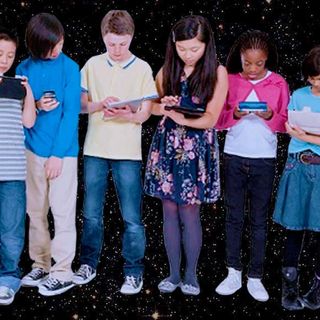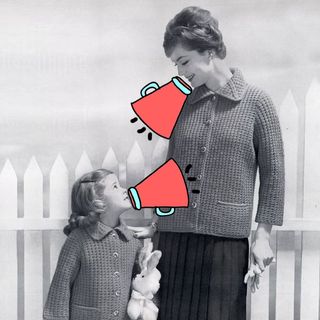The renowned Aesop’s fable “The Crow and the Pitcher” now has as an entirely new lesson to offer: Based on the same principles as the fable, researchers from the University of Cambridge found that children as young as seven are capable of intuiting and applying the laws of physics to problem solving, even when their attempts end in failure.
The study helps uncover a question that has been raised time and again: Do young children have the ability to comprehend and pick up from experience – even when that experience doesn’t end in ‘success’ — or are their actions influenced by positive outcomes only?
“Imagine a situation where someone is learning about hammers. There are two hammers that they are trying out — a metal one and an inflatable one. Normally, the metal hammer would successfully drive a nail into a plank of wood, while the inflatable hammer would bounce off harmlessly,” explains Lucy Cheke, the study’s co-author, from the department of Psychology at the University of Cambridge. “But what if your only experience of these two hammers was trying to use the metal hammer and missing the nail, but using the inflatable hammer to successfully push the nail into a large pre-drilled hole? If you’re then presented with another nail, which tool would you choose to use? The answer depends on what type of information you have taken from your learning experience.”
If that information is reward-focused, then kids who found success with the inflatable hammer would opt to use it in the future. However, if the learning is about functionality, then kids will understand that, even though the metal hammer struck the wrong place, it still provided better force than the inflatable hammer.
Cheke and team tasked children between the ages 4 to 11 with acquiring floating tokens in order to win sticker rewards. Based on the famous Aesop’s fable, in which the thirsty crow sinks stones into the pitcher to raise the level of water, so too were the children presented with a container of water and various tools that could be used to raise the water level in order to access the tokens.
The tools were either ‘functional’ or ‘non-functional;’ functional tools had enough mass and volume to help raise the water level, while the non-functional tools simply floated. In some situations, children were required to try to raise the level of water using functional tools in a leaking container. Hence, the water would never rise high enough to get the token, even with the functional tools. In other scenarios, the situation was reversed; children were able to successfully retrieve their rewards, albeit using non-functional tools, because the container was self-filling with an inlet pipe.
Finally, the children were provided with a ‘standard’ water container and a choice of tools. Based on their selections, researchers collected information on what influenced children’s problem-solving: reward or function.
“We expected older children, who might have a rudimentary understanding of physical forces, to choose according to function, while younger children would be expected to use the simpler learning approach and base their decisions on what had been previously rewarded,” Cheke says. “But this wasn’t what we found.”
The researchers concluded that children don’t learn by reward, but by understanding functionality — an ability that increases with age; by age 7, functionality played a dominant role in children’s strategies for raising the level of the water in the container.
“This suggests that, remarkably, children begin to emphasise information about physics over information about previous rewards from as young as seven years of age, even when these two types of information are in direct conflict,” Cheke says.
This also reinforces the fact that children learn best through play up until age 7. A free environment to play, experiment and learn through trial and error – as the children did in Cheke’s experiment — is linked to better academic performance in later childhood. Suggesting, perhaps, that the best way to raise a Baby Einstein is to let them discover the laws of physics on their own.
Related:




